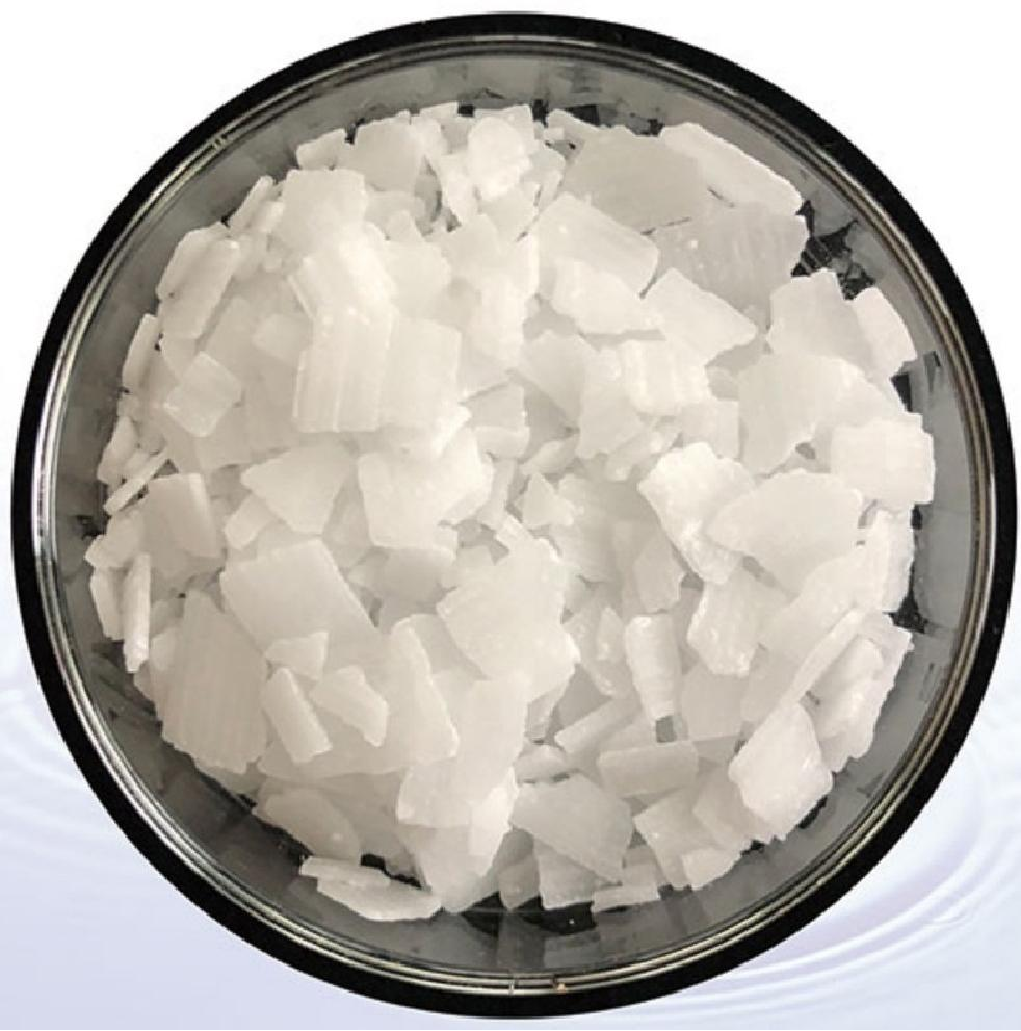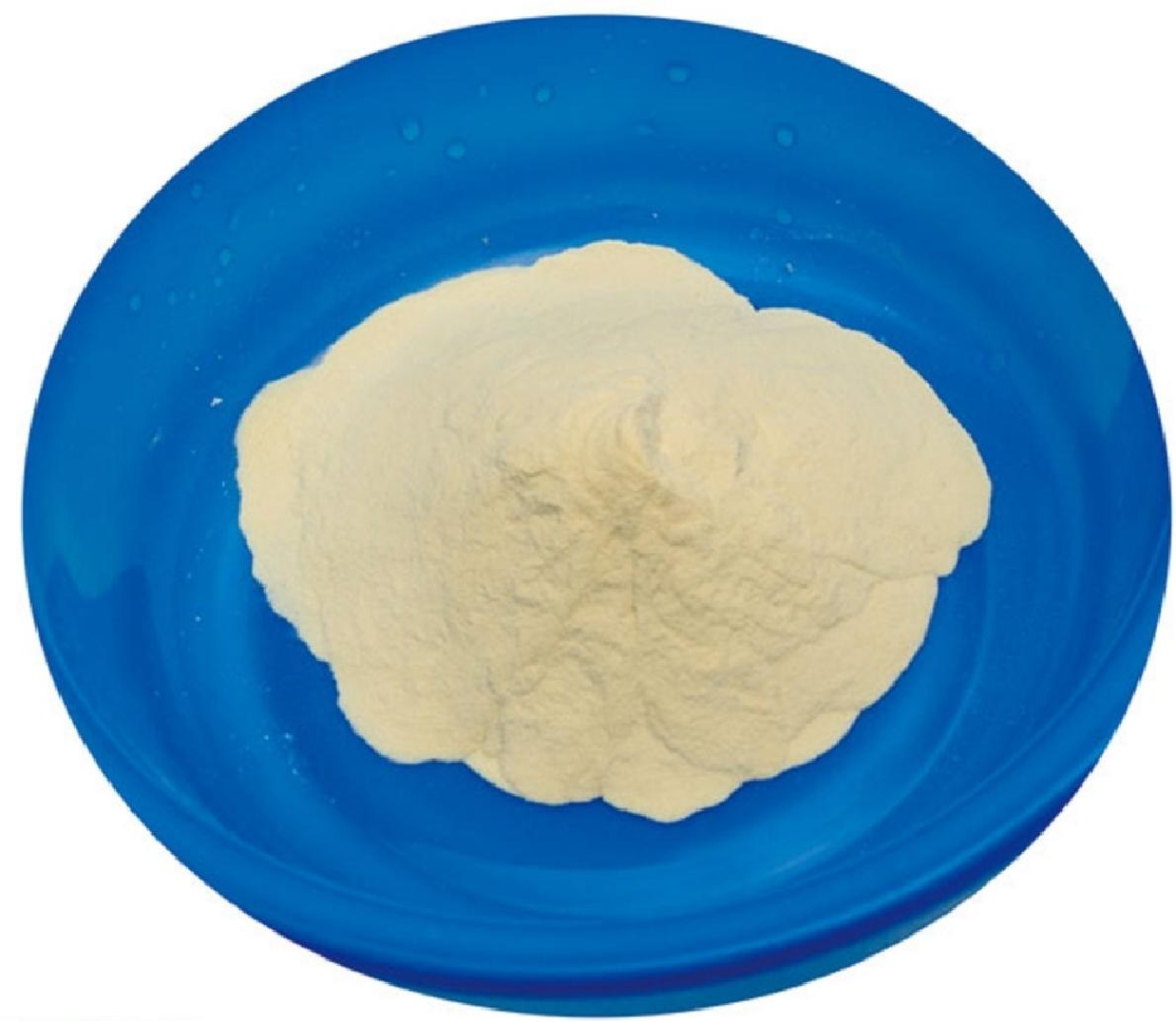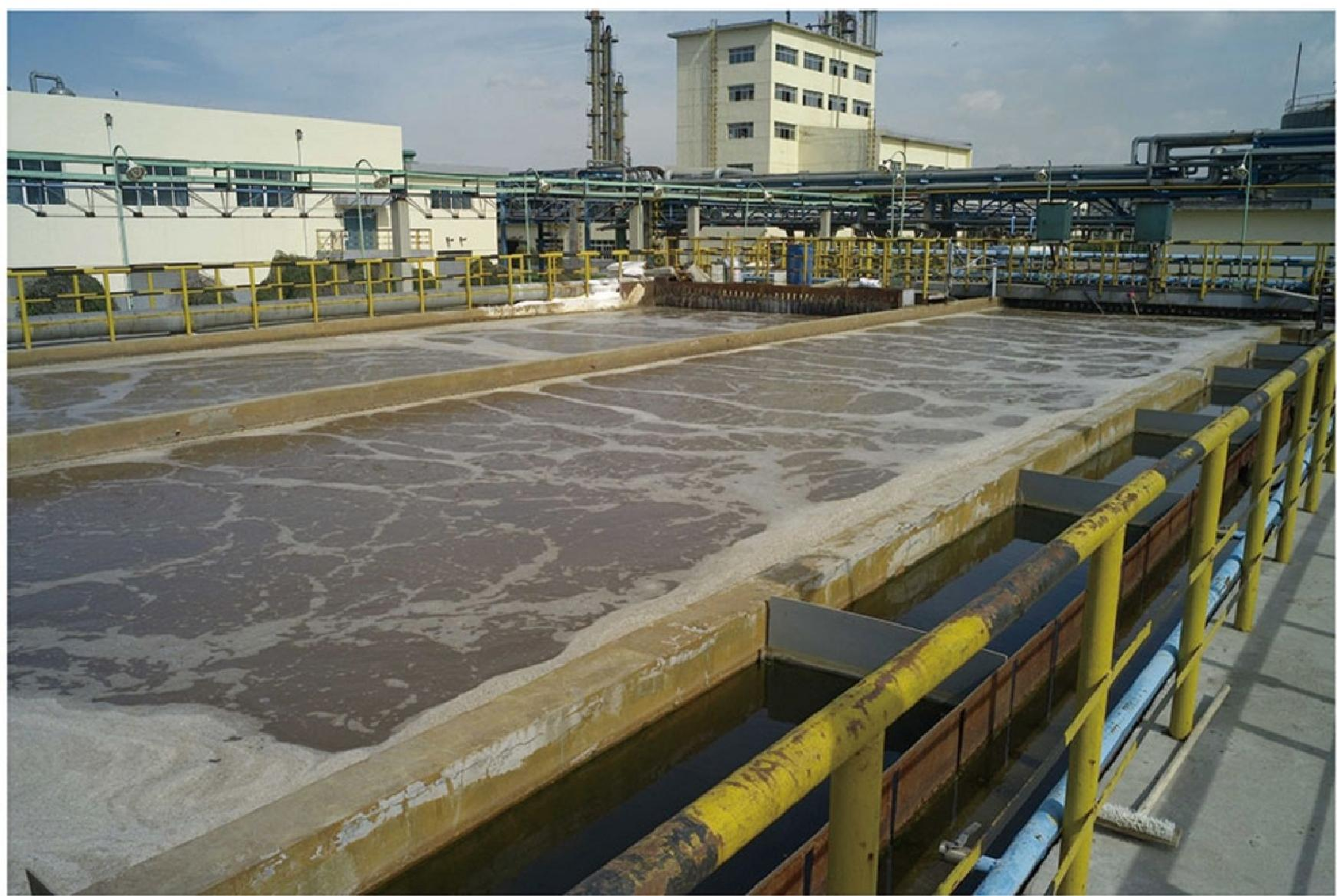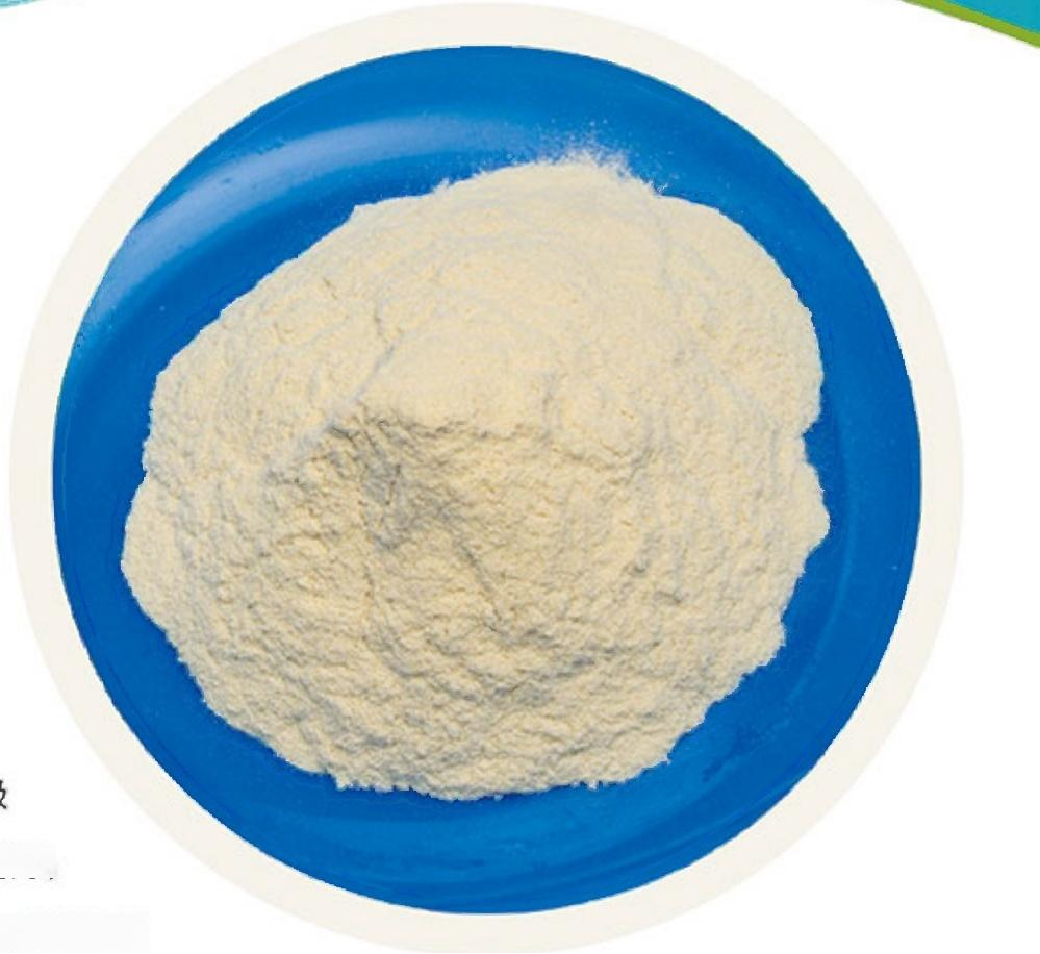From the current application of wastewater treatment technologies, the methods that can effectively remove wastewater chromaticity include adsorption, coagulation, biological, membrane separation, chemical oxidation, and electrocoagulation.
1. Adsorption decolorization
Adsorption decolorization technology relies on the adsorption effect of adsorbents to remove chromaticity. The commonly used adsorbents include renewable adsorbents such as activated carbon, ion exchange fibers, and non renewable adsorbents such as various natural minerals (bentonite, diatomaceous earth), industrial waste (coal slag, fly ash), and natural waste (charcoal, sawdust). At present, adsorbents used for adsorption and decolorization mainly rely on physical adsorption, but ion exchange fibers, modified bentonite, etc. also have chemical adsorption effects.
2. Flocculation decolorization
Coagulation decolorization is the process of using coagulants to coagulate and precipitate colored substances in wastewater for decolorization.
Flocculation decolorization technology is a widely adopted decolorization technology with low investment cost, small equipment footprint, and large processing capacity.
Inorganic coagulants include metal salts and inorganic polymer coagulants. The widely used metal salts include aluminum salts and iron salts; Inorganic polymer flocculants are a new type of water treatment agent developed on the basis of traditional metal salt flocculants. They have the advantages of strong adaptability, non toxicity, and can greatly improve efficiency while being relatively inexpensive. They have been rapidly developed and widely used.
Organic polymer flocculants, polyacrylamide (PAM), have the most applications and can be classified into three types: non-ionic, cationic, and anionic.
3. Oxidation decolorization
Including chemical oxidation, photocatalytic oxidation, and ultrasonic oxidation. Although the specific processes are different, the decolorization mechanism is the same. Chemical oxidation is currently a relatively mature method of research. Oxidants generally use Fenton reagents (Fe2+- H2O2), ozone, chlorine gas, sodium hypochlorite, etc. Chemical oxidation decolorization refers to the use of oxidizing agents such as chlorine, ClO2, O3, H2O2, HClO4, and hypochlorite to break or alter the chemical structure of chromophores in wastewater under certain conditions, thereby achieving the goal of wastewater decolorization.
4. Biological decolorization
Biological decolorization is the use of microbial enzymes to oxidize or reduce colored molecules, breaking their unsaturated bonds and chromophores to achieve the purpose of decolorization.
5. Electrochemical decolorization
Electrochemical method is to purify wastewater through electrode reactions. According to the electrode reaction mode, electrochemical methods can be further divided into internal electrolysis, electrocoagulation, electrical flotation, and electro oxidation. The most famous internal electrolysis method is the iron filings method.
6. Membrane separation method for decolorization
In the field of wastewater treatment, membrane separation is a technology that uses artificially synthesized or natural polymer films, driven by external energy or chemical potential differences, to selectively separate pollutants from water, thereby purifying wastewater.








